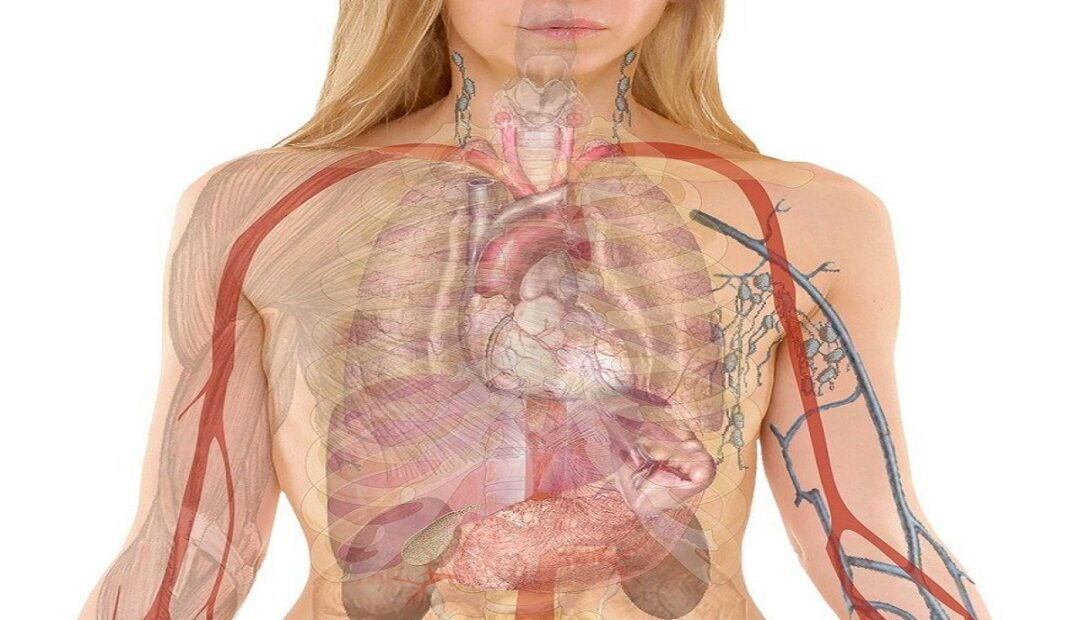The Eyes | Anatomy, Functions, Problems, Solutions, Symptoms or Signs, Care For Eyes
The eyes are remarkable sensory organs that provide us with a sense of sight, allowing us to perceive the world around us in rich detail. Key Facts About The Eyes: 1. Complex Anatomy: The human eye is a complex structure made up of several components that work together to capture and process visual information. These […]
The Eyes | Anatomy, Functions, Problems, Solutions, Symptoms or Signs, Care For Eyes Read More »

